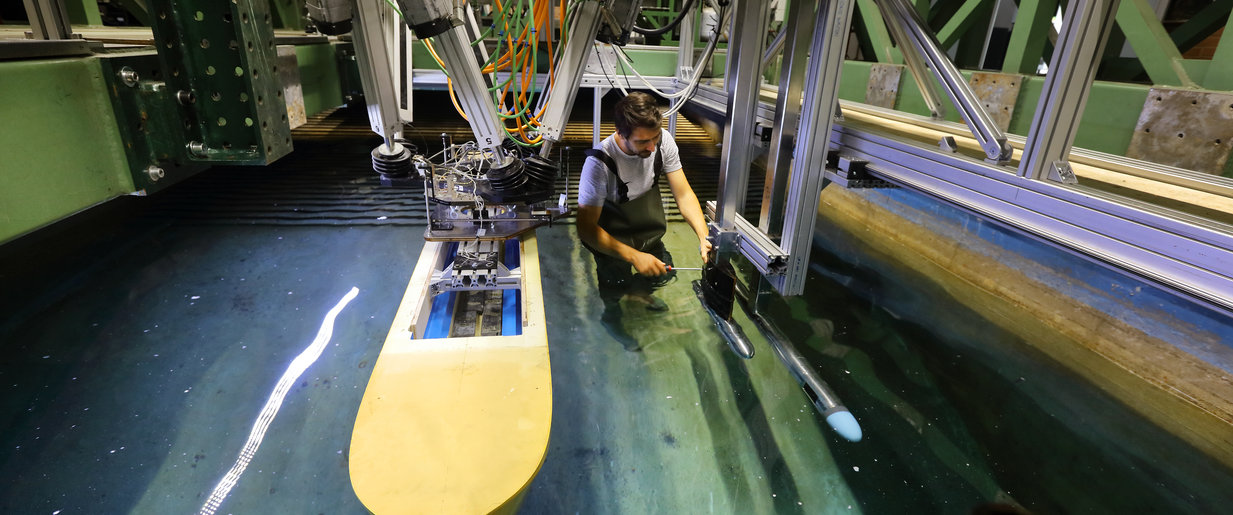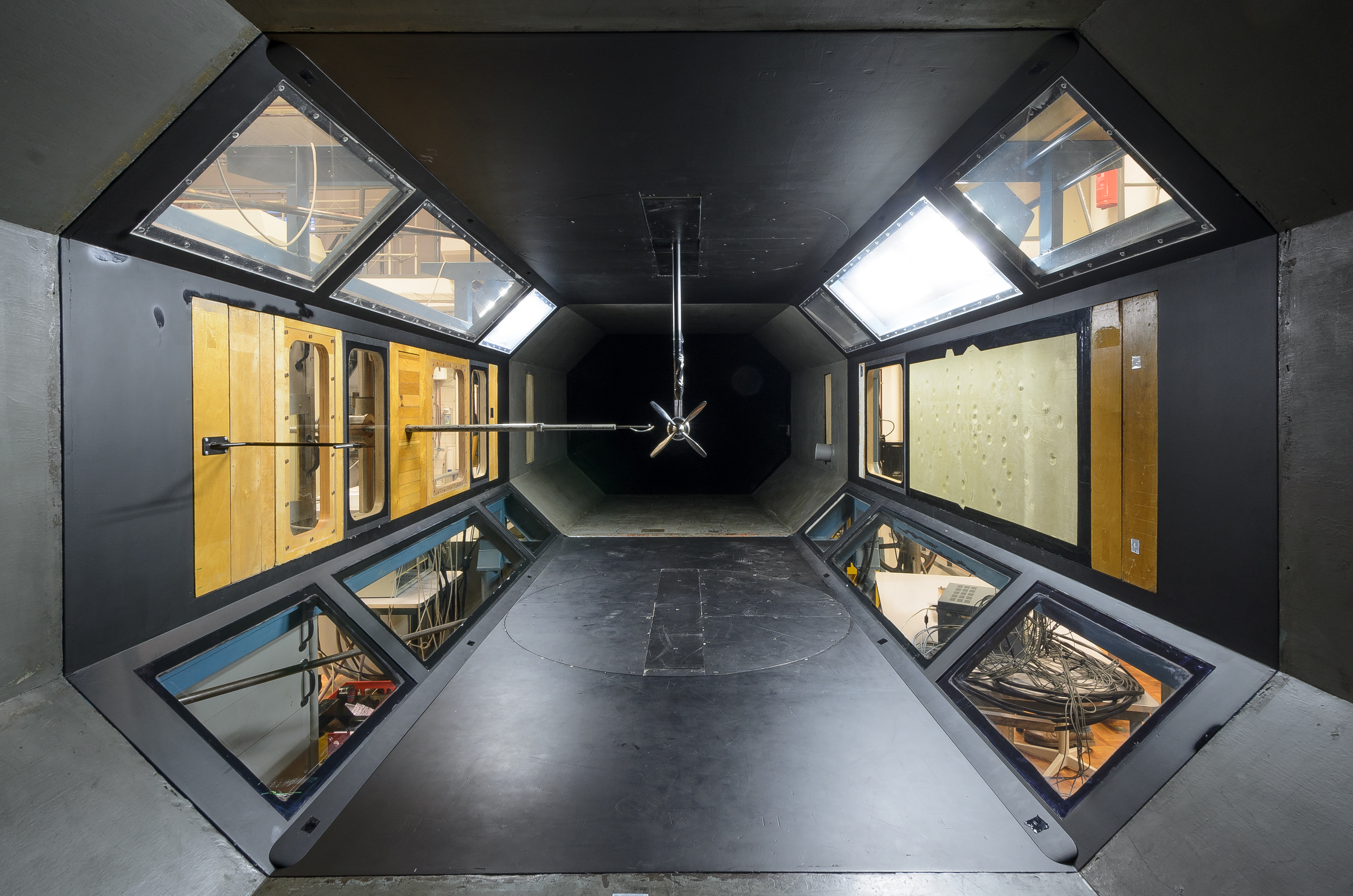Sustainable shipping: are auxiliary sails a solution?
90% of everything around you is transported by cargo vessels. So it’s not surprising that shipping is responsible for 3% of global C02 emissions. This needs to become more sustainable. That’s why TU Delft is launching a new research programme on 31 October to explore the possibilities of wind-assisted propulsion for cargo vessels. The aim is to reduce fuel consumption by 30%.
‘In this research programme, we’re actually going back to the classic notion of a sail,’ says Albert Rijkens, coordinator of the project. In other words, the wind is not used to generate energy, but to propel the ship directly. ‘Instead of sails, we now use rotating steel rotors that exert a propulsive force on the ship by means of an aerodynamic effect.’ Of course, wind on its own is not enough to propel a large ship, that’s why the projects looks at wind-assisted propulsion. This saves fuel and, more importantly, reduces C02 emissions.
Aligning vessel and sail
According to Rijkens, there are already around 30 vessels using wind-assisted propulsion worldwide. ‘It’s an emerging market. For a long time vessels were exempt from emission regulations. Until the beginning of this year. So there’s a need for technology that makes shipping more sustainable.’ The vessels on the market today are essentially prototypes. The auxiliary sails have been fitted to existing cargo ships.
‘Development is now a trial-and-error process. Our new research programme aims to make it more professional and align the auxiliary sails with the vessels. We want to explore what ship designs should look like in the future for a genuinely integrated overall solution.’ The fuel reduction of existing prototypes is now around 10%, but Rijkens believes it could eventually reach 30%.

Towing tank and wind tunnel
The programme is a collaboration between the faculties of Mechanical, Maritime and Materials Engineering (3mE) and Aerospace Engineering (AE). AE is responsible for rotor performance experiments in the wind tunnel. At 3mE, new hull shapes and keel designs are tested in the towing tank to convert the force on the rotors into a propulsive force as efficiently as possible under water.
Rijkens: ‘The forces from the rotors cause the ship to drift and start to list. This change in position creates a complex flow of water around the hull. To measure this, small floating particles in the towing tank are illuminated with a powerful laser, making them visible to cameras in the measurement setup. These camera images can be used to accurately map the entire flow around the ship. This is then used to check the results of computer simulations.’

Programme launch
The official launch of the four-year Wind Assisted Ship Propulsion (WASP) research programme will take place on 31 October. The programme will receive a financial injection of 4 million euros from the Bijlboegfonds. The first measurements in the towing tank have now been completed. A number of research proposals in collaboration with departments from the 3mE and AE faculties are currently being finalised. More information on these research projects will soon be available on the WASP website.
Read more in Delta.
